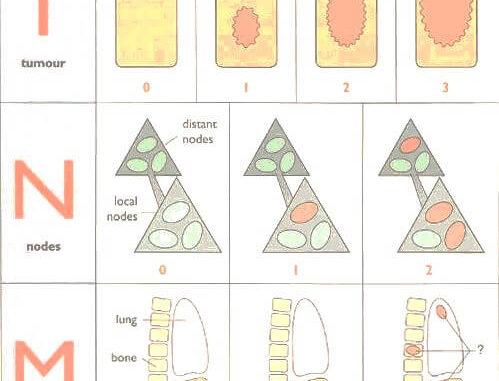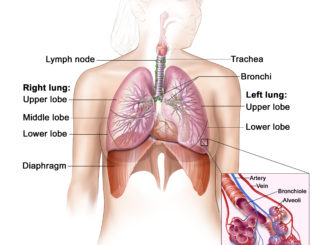
When diagnosed in a patient, cervical cancer is accessed with a “staging” which helps to determine the degree of cancer metastasis (spread). It also helps to determine which (if any) other organs are affected by the disease. As cervical cancer usually involves both surgery and radiation therapy to cure it, an exact staging is therefore imperative for the future health of the patient involved.
Although cancer staging is not an exact science, it is in fact a very good attempt at determining what should be done next to help treat the patient. Other factors must also be taken into consideration along with the staging. For example: age, general health, previous medical history, etc., are all important factors that may have a bearing on determining any positive outcome for the patient.
The following stages are used to help classify cervical cancer (cancer of the cervix):
1. Stage 0 – Abnormal cells are found to be in the outer layer (the first layer) of cells that line the uterus.
2. Stage I – Although still confined to the uterus, the cervix is now involved (stage I is further defined into six groups depending upon the size of the tumor [IA, IA1, IA1, IB, IB1, and IB2]).
3. Stage II – The cancer has spread to regional (nearby) areas, although it is still contained to the pelvic area (stage II is further defined into two groups depending upon whether the cancer has spread to the vagina [IIA] and [IIB] when it has penetrated more into the pelvic area).
4. Stave III – Indicates that the cancer has now metastasized throughout the pelvic area (stage III is further defined into two groups depending upon whether the cancer has metastasized to the lower one-third of the vagina [IIIA], or more broadly out of the pelvic sidewall [IIIB]).
5. Stage IV – Shows that the cancer has now metastasized to other significant organs in the body (stage IV is further defined into two groups depending upon which organs have been affected [IVA and IVB]):
Note: The higher the staging number, the more the cancer has advanced throughout the body, and where a more aggressive treatment plan will be needed to help cure the patient (cure rates decline as the staging number increases). Treatment may include the following: surgery, radiation therapy, chemotherapy, and biological therapy.
Proudly WWW.PONIREVO.COM



